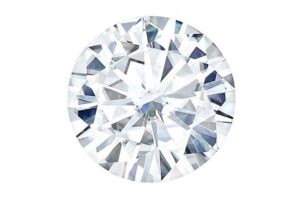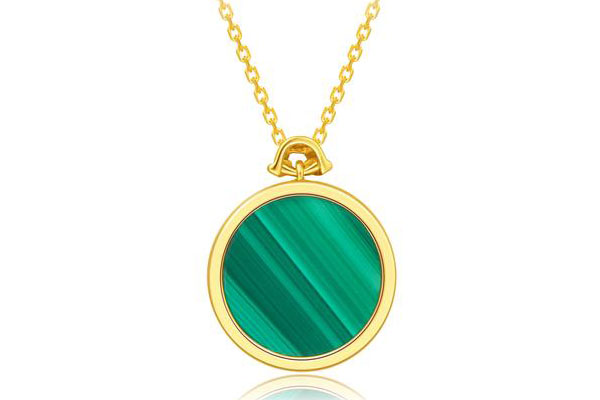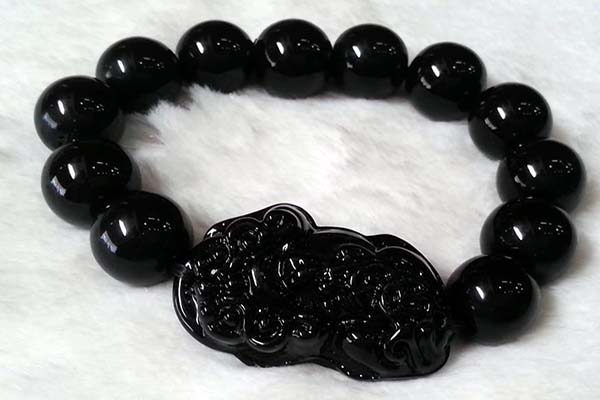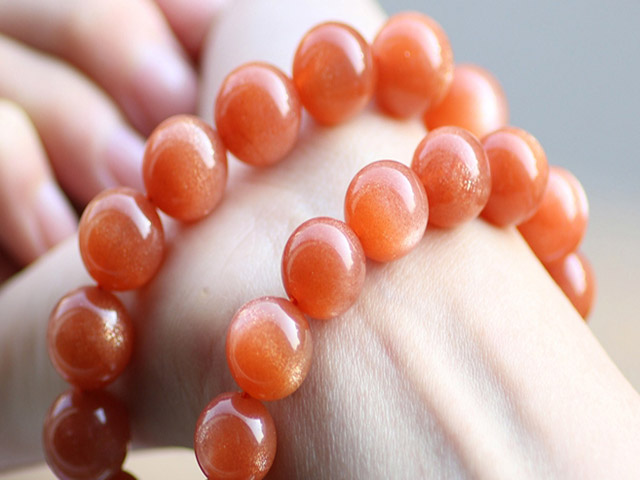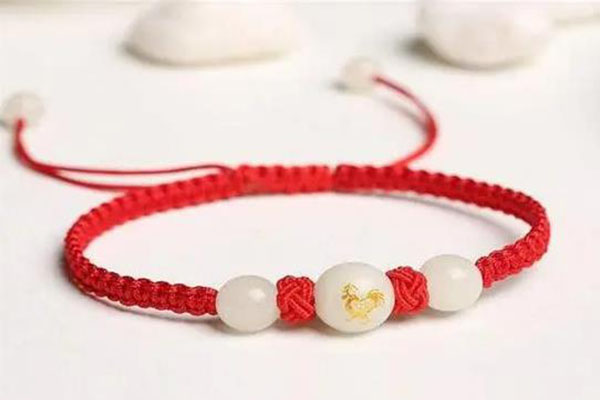When it comes to precious and semi-precious stones, malachite and jade are two of the most popular and striking minerals in the world. They have been used for thousands of years in jewelry, art, and cultural traditions, and continue to fascinate and inspire people today. In this post, we will explore the similarities and differences between malachite and jade, including their geology, physical properties, cultural significance, uses, and environmental and ethical considerations.
Geology and Physical Properties
Malachite
Malachite is a green mineral that belongs to the copper carbonate hydroxide group. It is formed by the weathering and oxidation of copper ores, and is often found in association with other copper minerals such as azurite, chrysocolla, and cuprite. Malachite is typically found in underground deposits and mines in countries such as Russia, Congo, Zambia, and Australia.
Malachite is known for its distinctive green color, which can range from light to dark shades depending on the amount of copper present. It has a vitreous to silky luster, and a hardness of 3.5 to 4 on the Mohs scale, which makes it relatively soft and susceptible to scratches and chipping. Malachite is also known for its banding pattern, which is created by the growth of successive layers of the mineral.
Jade
Jade is a term used to describe two different minerals: jadeite and nephrite. Jadeite is a sodium aluminum silicate, while nephrite is a calcium magnesium iron silicate. Both minerals are formed by high pressure and low temperature metamorphism of preexisting rocks, and are found in mountainous regions of Asia, Central and South America, and Canada.
Jade is best known for its green color, but it can also be found in other colors such as white, yellow, brown, and black. It has a waxy to vitreous luster, and a hardness of 6 to 7 on the Mohs scale, which makes it much harder and more durable than malachite. Jade is also known for its translucency and toughness, which make it ideal for carving and shaping into intricate designs.
Cultural Significance
Malachite
Malachite has been used since ancient times for decorative and ceremonial purposes. It was prized by the Egyptians, Greeks, and Romans for its vibrant color and pattern, and was often used to make jewelry, amulets, and ornaments. In medieval Europe, malachite was believed to have healing properties and was used to treat various ailments. In Russia, malachite was a favorite stone of Tsar Nicholas II and was used to decorate the interiors of the Winter Palace and other imperial buildings.
In many cultures, malachite is associated with nature, growth, and transformation. It is believed to help balance emotions and energy, and to promote creativity, insight, and spiritual awareness. It is also said to have protective and grounding qualities, and to enhance intuition and intuition. Today, malachite is still used in jewelry and home decor, and is a popular stone among collectors and enthusiasts.
Jade
Jade has a long and rich history in many cultures, especially in China, where it has been revered as the “imperial gem” for more than 5000 years. Jade was used by the ancient Chinese to make tools, weapons, and ceremonial objects, and was believed to have spiritual and healing properties. It was also associated with virtue, wisdom, and longevity, and was used as a symbol of power and authority.
Jade is also an important stone in many indigenous cultures in Central and South America, where it is known as “jadeaxite”. In these cultures, jade is often associated with fertility, protection, and healing, and is used to make jewelry, statues, and ritual objects. In some traditions, jade is believed to connect the living with the ancestors, and to bridge the gap between the physical and spiritual realms.
Today, jade remains a highly prized and sought-after gemstone, especially in Asia, where it is often used in traditional jewelry and carvings. It is also used in modern jewelry designs and fashion trends, and is a popular choice among collectors and connoisseurs.
Uses and Applications
Malachite
Malachite is used in a variety of industrial, artistic, and decorative applications. It is often used as a building material, especially in the form of polished slabs or tiles. It is also used in sculpture, pottery, and other forms of art, where its unique banding pattern and color make it a popular choice among artists and designers.
In jewelry making, malachite is often used in beads, pendants, and other pieces, either alone or in combination with other stones and metals. Malachite is also used in the production of green pigments, which are used in paints, dyes, and other colorants.
In addition to its aesthetic uses, malachite is also believed to have healing properties. It is said to help with digestion, detoxification, and immune system support, and is often used in crystal therapy and other alternative healing practices.
Jade
Jade is perhaps best known for its use in traditional Chinese jewelry and carvings, where it is often carved into intricate designs such as dragons, phoenixes, and other mythical creatures. Jade is also used in modern jewelry designs, where it is appreciated for its beauty, durability, and symbolism.
Jade is also used in a variety of other applications, including decorative objects, such as vases, figurines, and tableware. It is also used in industrial applications, such as the production of semiconductors, and in medical applications, where it is used to make surgical instruments and other medical devices.
In addition to its aesthetic and industrial uses, jade is also believed to have healing properties. It is said to promote relaxation, balance, and well-being, and is often used in massage therapy and other wellness practices.
Environmental and Ethical Considerations
The mining and production of both malachite and jade can have significant environmental and ethical impacts. In many cases, mining operations can result in habitat destruction, water pollution, and other forms of environmental degradation. Additionally, the production of these minerals can involve the use of hazardous chemicals and labor practices that may be exploitative or unethical.
To address these concerns, it is important to support responsible and sustainable sourcing practices, such as fair trade, environmentally friendly mining, and ethical labor practices. It is also important to educate ourselves about the environmental and social impacts of the products we consume, and to make informed choices that prioritize sustainability and ethical considerations.
Conclusion
Malachite and jade are two of the most beautiful and fascinating minerals in the world. They have been used for thousands of years for decorative, cultural, and spiritual purposes, and continue to inspire and captivate us today. While they share some similarities in terms of color and beauty, they also have important differences in terms of their geology, physical properties, cultural significance, uses, and environmental and ethical considerations. By understanding and appreciating these similarities and differences, we can deepen our appreciation for these remarkable minerals and make informed choices about how we use and consume them.

